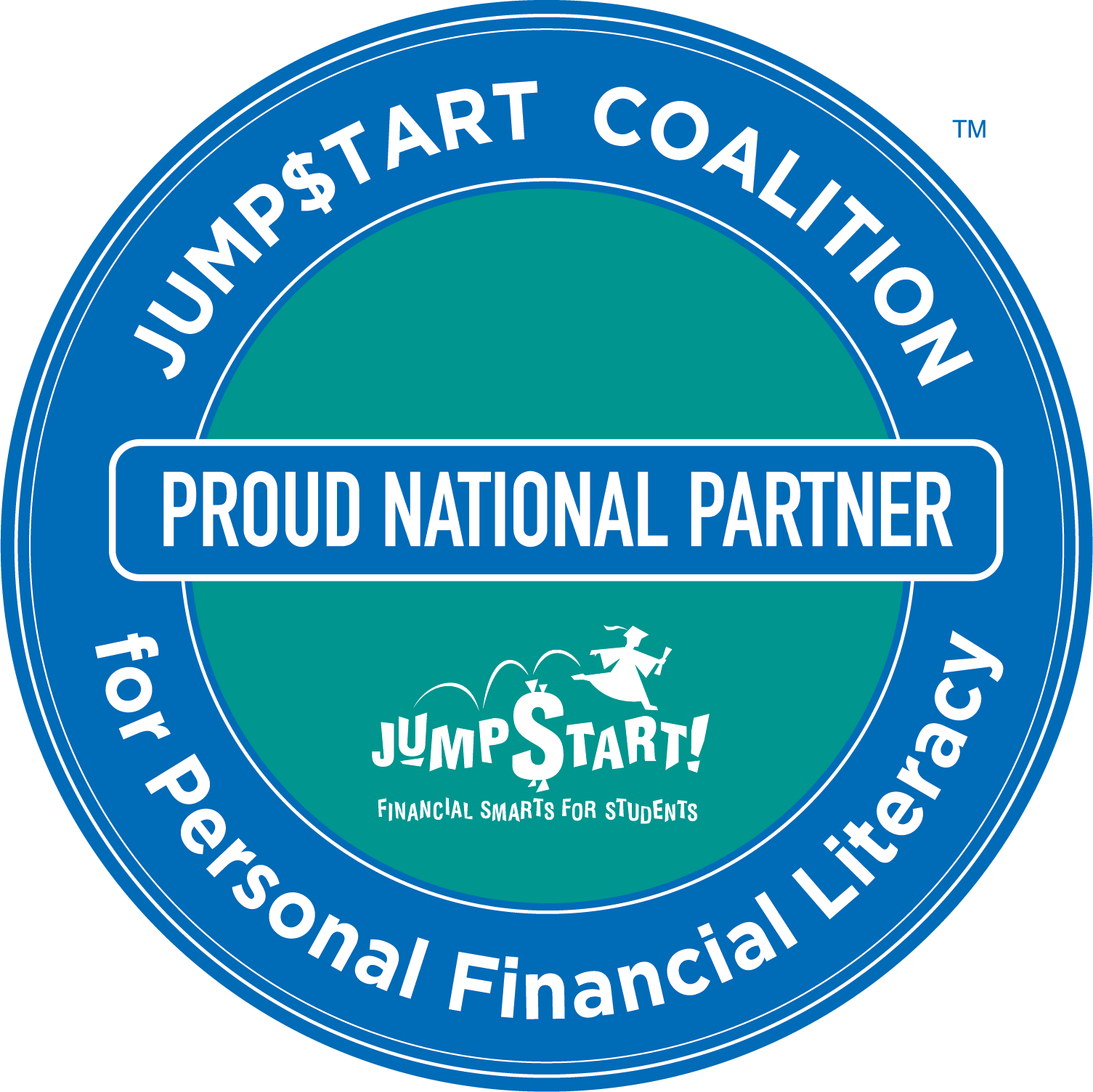We all have standards, right? That includes having standards for personal finance and financial literacy education.
In the U.S., we’re seeing a number of states pass their own rules and standards related to what and how students should learn about financial literacy. America is something of a legislative laboratory, with 50 states trying different ways of doing things — as such, we get a number of different state standards relating to how students are taught financial concepts.
And before you ask: Yes, Money Vehicle does map to state standards!
But as for those national standards — what are they, exactly? Let’s take a closer look.
A summary of the national financial literacy standards
The national standards for financial literacy education were created by two organizations: The Council for Economic Education (CEE), and the Jump$tart Coalition for Personal Financial Literacy. Here’s a link to those standards, which were most recently updated in 2021.
We have a blog post that goes into those standards on a deeper level here if you want to read it: 6 Key money Topics Comprising the Financial Literacy National Standards.
But for a quick summary, here are the key topics addressed:
- Earning income
- Spending
- Saving
- Investing
- Managing Credit
- Managing Risk
Pretty straightforward, right? Each topic obviously has numerous components and branches, so there’s a lot for students to absorb and then apply to their own lives. But as the Standards document says, it’s important for students to receive some tutelage in school, because many young people simply won’t receive much financial guidance at home.
“While CEE and Jump$tart believe that learning about money management should begin at home,
we recognize that many children cannot get sufficient guidance from their families alone and
that effective financial education in our nation’s classrooms is our best opportunity to provide all
students – regardless of background and circumstance – a wide-ranging financial education with practical applicability,” the document reads.
Again, too, Money Vehicle strives to work in conjunction or in a parallel manner to both national and state standards, so our course is ideal for classrooms nationwide. And yes, there are some free options on the market — they have their upsides, for sure, but there are other things to consider, too, for administrators and teachers.
If you want to get a more in-depth view of the national standards, though, we encourage you to check out Jump$tart and the Council for Economic Education — both have a wealth of resources!
Check out the Money Vehicle textbook — you can find it here on Amazon. And if you like what you see, you can get more content sent directly to your inbox! Sign up for the Money Vehicle Movement Newsletter!
And check out our white paper: “Strategies for Increasing Financial Literacy Rates Among High School and College Students”
More from Money Vehicle:









